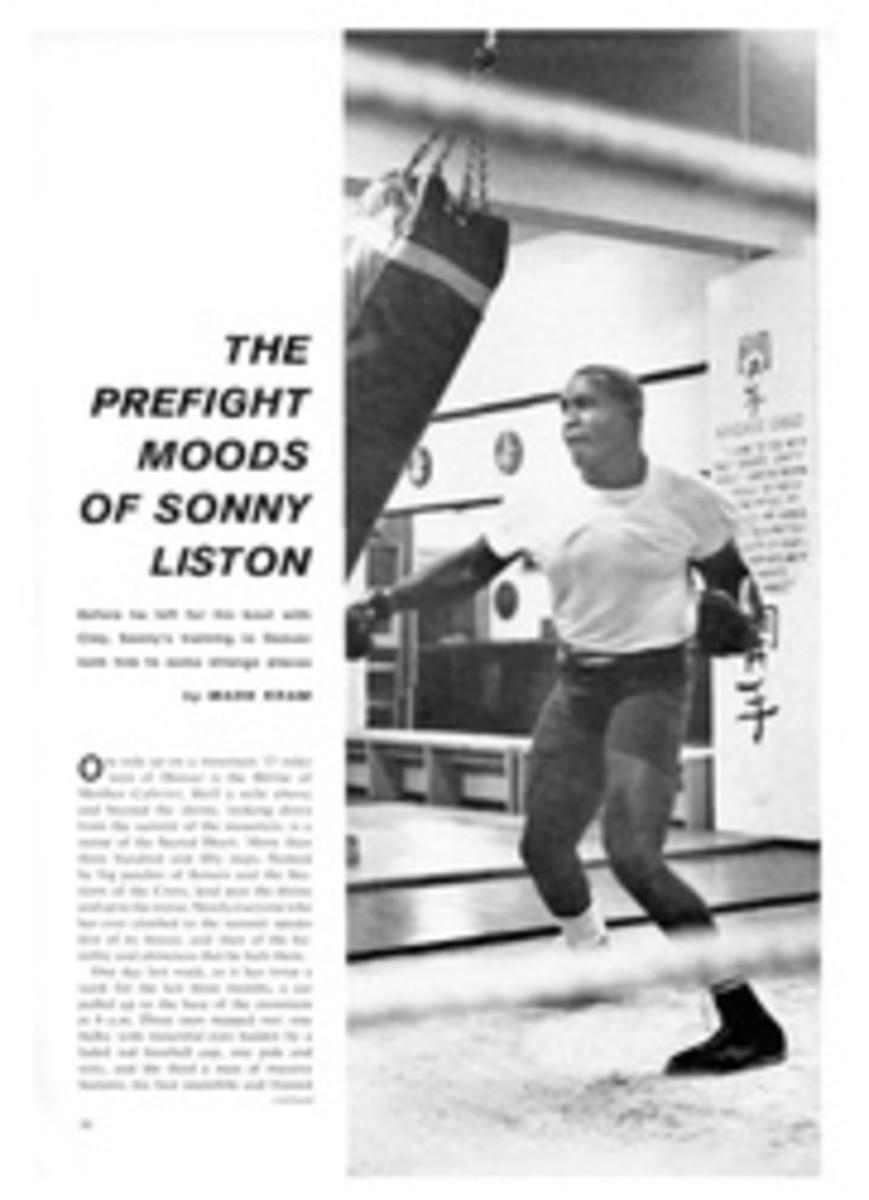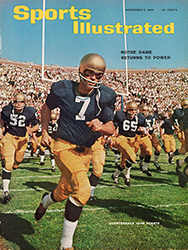
Golfing feats, fiction, fun, verse and advice are found in a new anthology
I do not have the figures in front of me, but I expect that golfers buy more instruction books, chuckle at more golf whimsy, read more fiction about their sport and sympathize more fully with accounts of the agonies of their brethren of the links than any other athletes. Indeed, there is a book out now telling how a golfer may hypnotize himself into lowering his score. Golf, the great leveler, is a listeners' and readers' game, its reminiscences rich in hyperbole. Because it is played against the psyche and rampaging nature, it takes on for many the cloak of religion. It is the most quotable game, the dour remarks of teaching pros—especially if they are full of "haes" and "dinnas"—being deemed as wise as those of Socrates.
Golf, then, lends itself to anthologies, and one of the most ambitious this season is Par for the Course, edited by Robert Cromie (303 pages, Macmillan, $6.95). Cromie, a former sportswriter, a golfer who has broken 80 and currently the literary editor of the Chicago Tribune, has amassed a gallimaufry of real and imagined golfers, golf wit, casual golf instruction, golf philosophy and golf verse. Included are funny pieces by A.A. Milne and Stephen Leacock and a George Ade fable about the Caddy Who Hurt His Head While Thinking; pieces about unusual golfers, such as Commodore Bryan Heard of Houston and Dallas, who shot his age when he reached 65 and kept it up for several years, despite handicaps like a broken arm and leg and terrible eyesight. Another character is Titanic Thompson, the golf hustler who won a bet by driving a golf ball half a mile (on ice). Humorous Writer W.F. Candy more or less proves that Shakespeare was a golfer. Here are lively descriptions of courses (Pine Valley and St. Andrews), tournaments (the 1913 U.S. Open, won by Francis Ouimet, and the 1927 British Open, won by Bobby Jones) and lady golfers (Mary Queen of Scots and Babe Didrikson Zaharias). The venerable British writer, Bernard Darwin, is represented, and there are excerpts from the works of P.G. Wodehouse, Don Marquis and Finley Peter Dunne. The funniest piece is the classic Slamming Suki Sukiyuki by Ted Barnett. The most dramatic is The Hawk They Couldn't Kill by Mel Allen and Frank Graham Jr.—the story of Ben Hogan's automobile accident and convalescence, and his subsequent four-stroke victory in the 1950 Open at the Merion Golf Club in Ardmore, Pa. Many pieces in the collection are familiar, and some of them are stage waits but, by and large, the golfer can come away happier, wiser and maybe a little bit more determined to attack his favorite course with his oddly shaped weapons.

